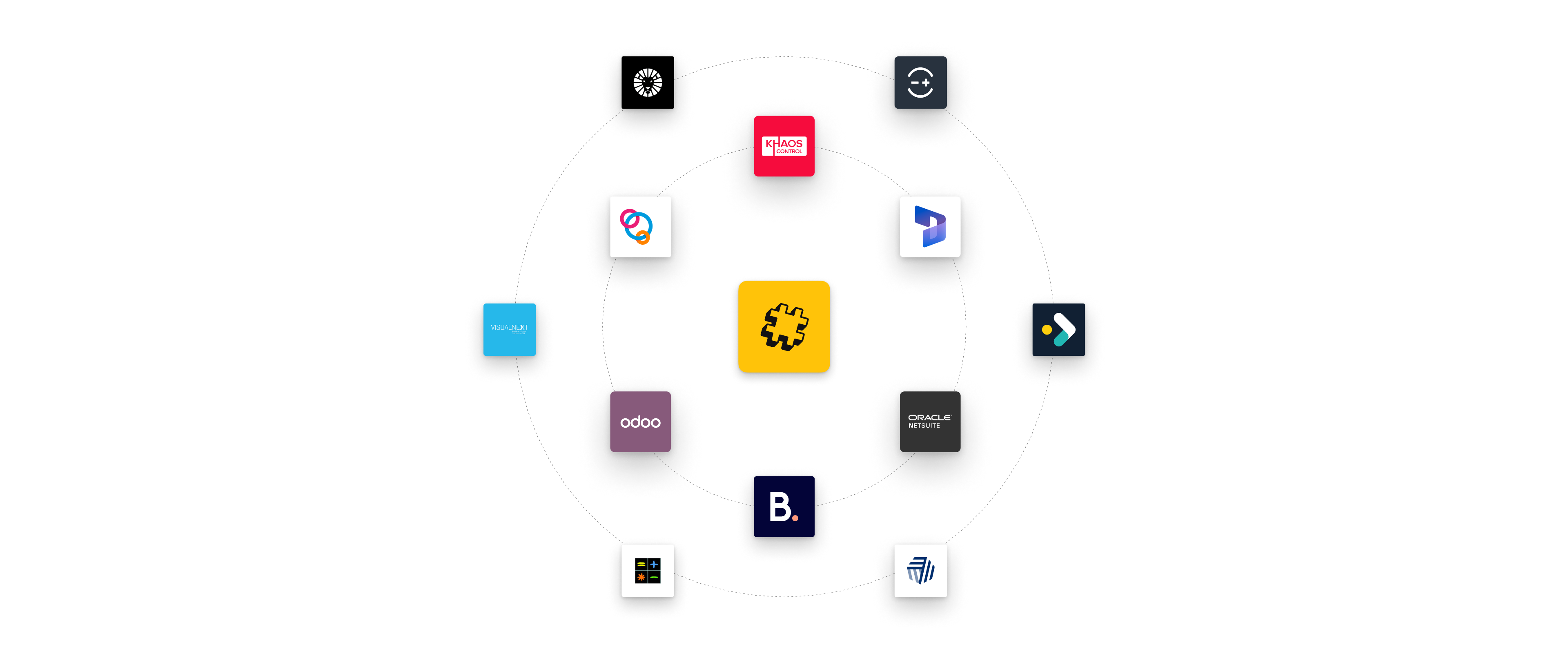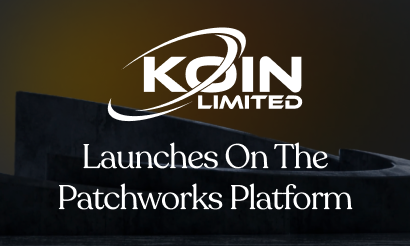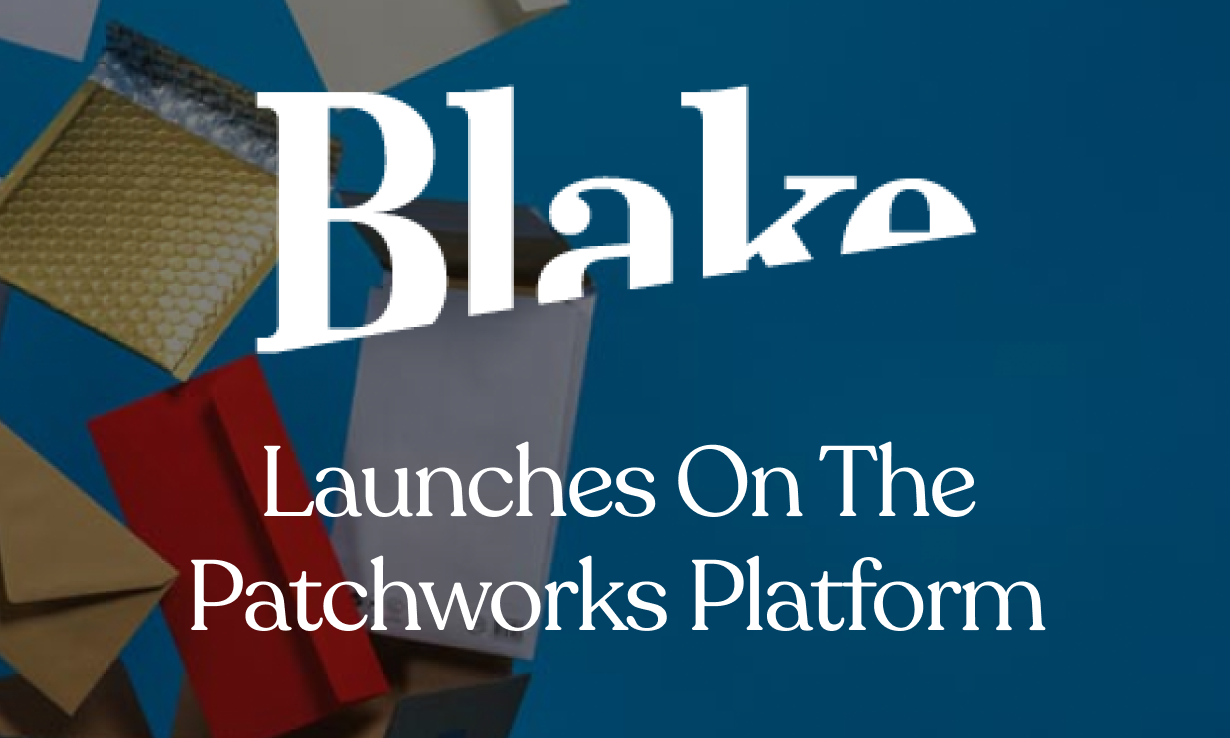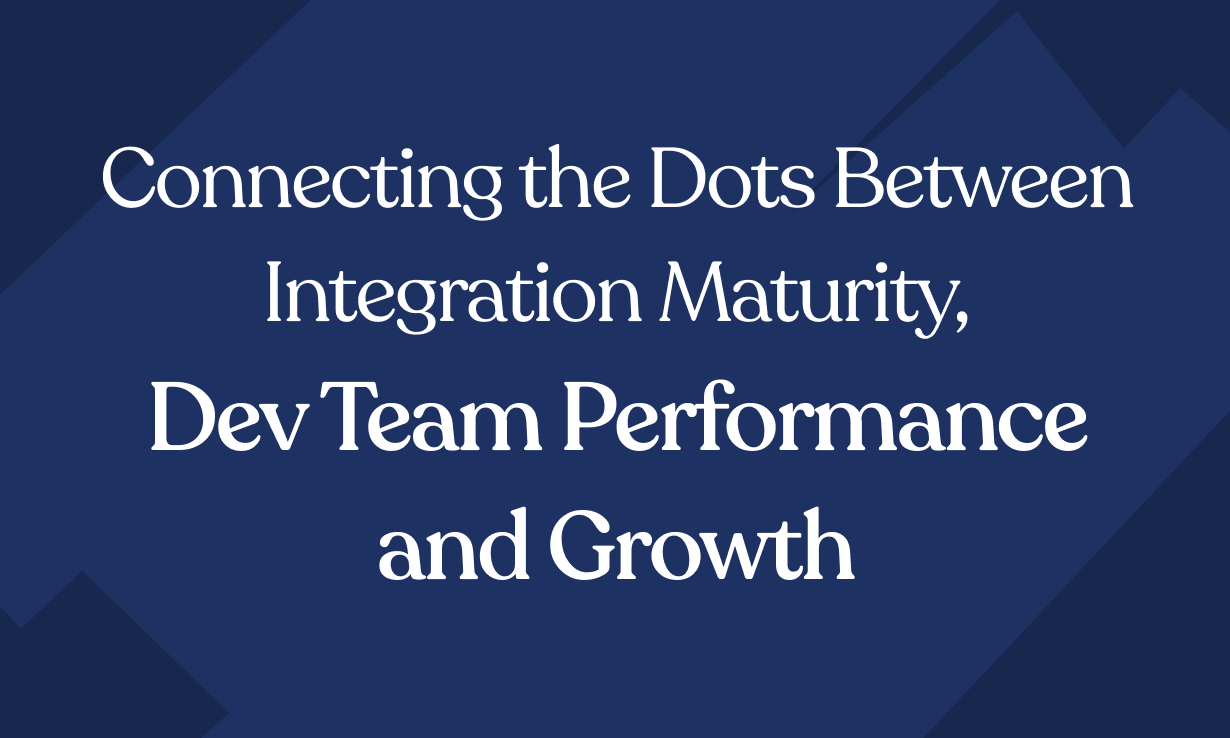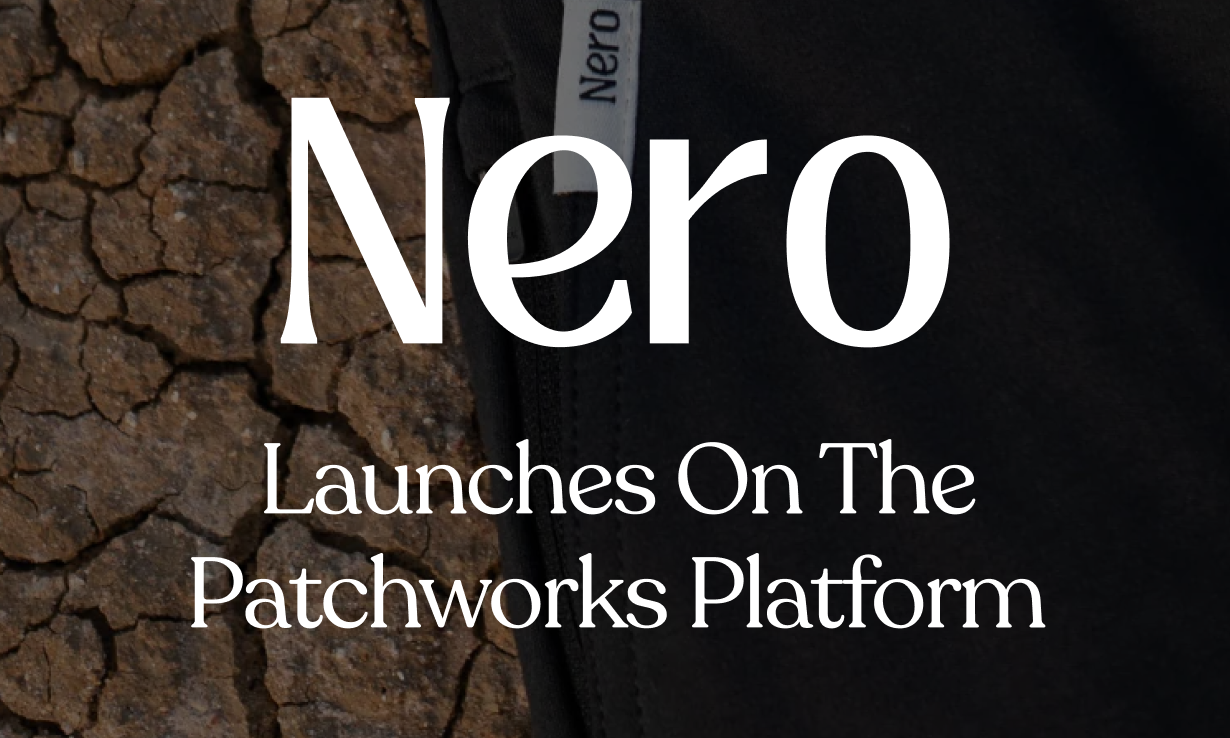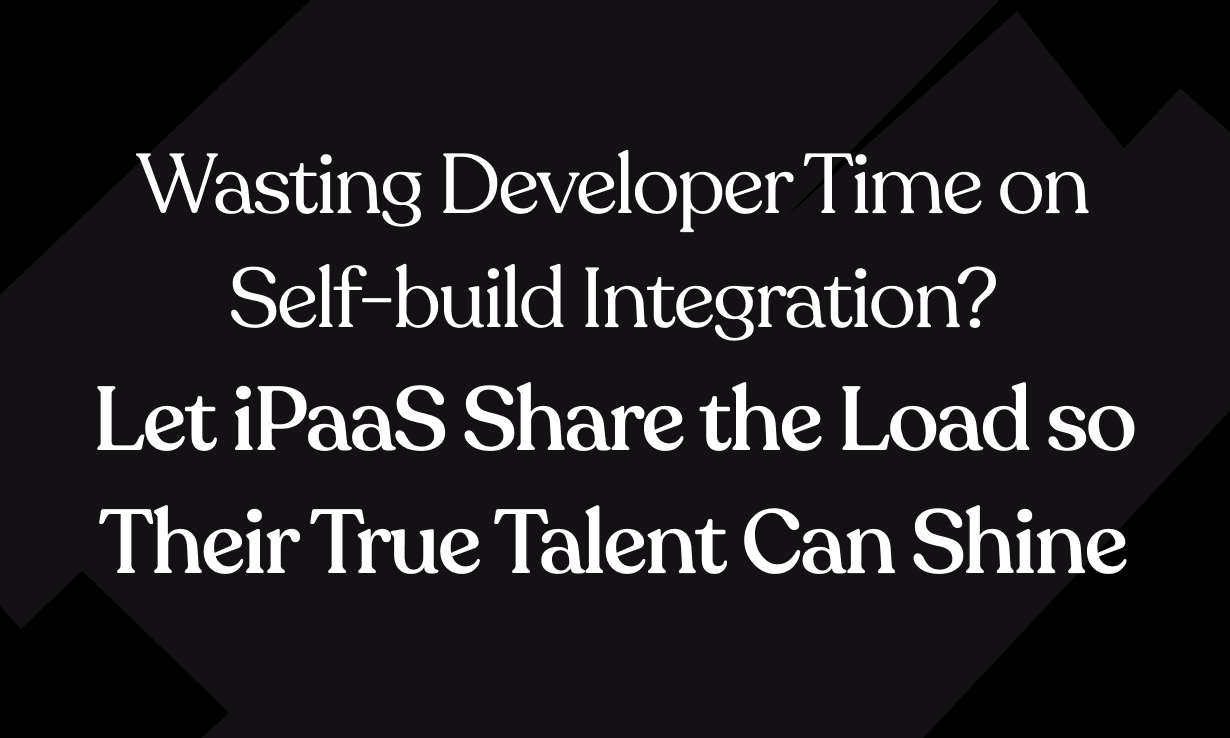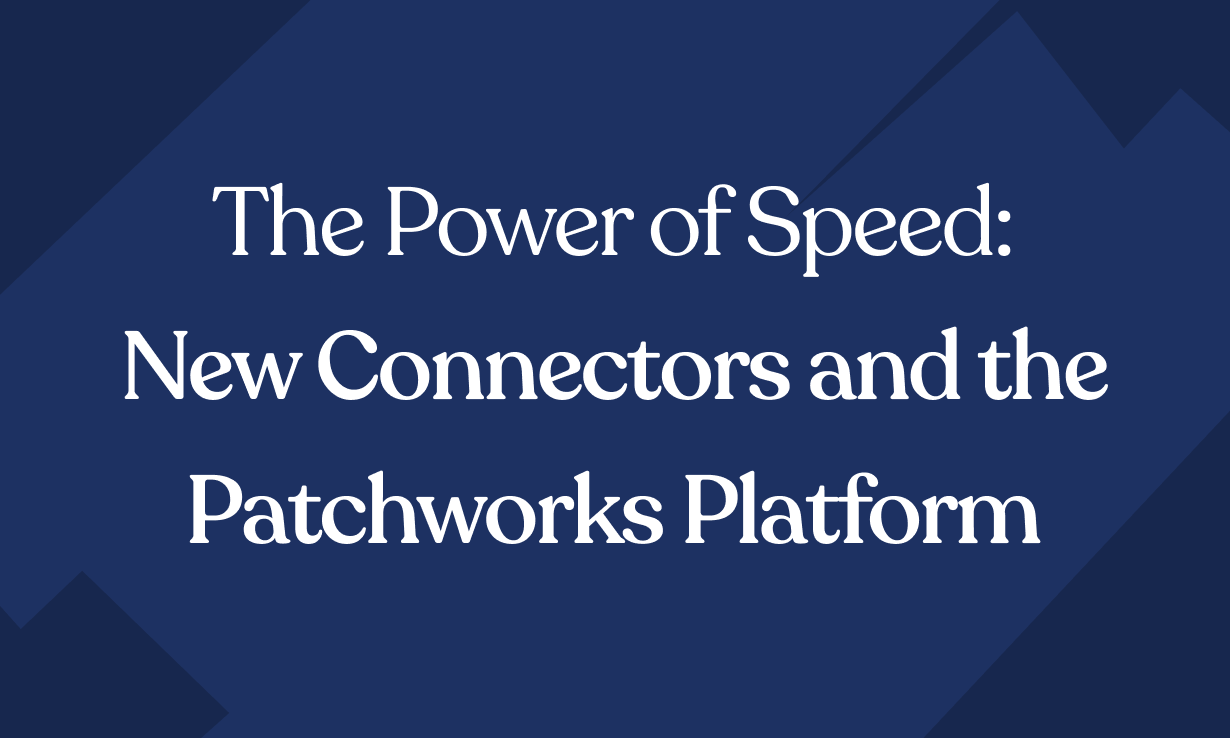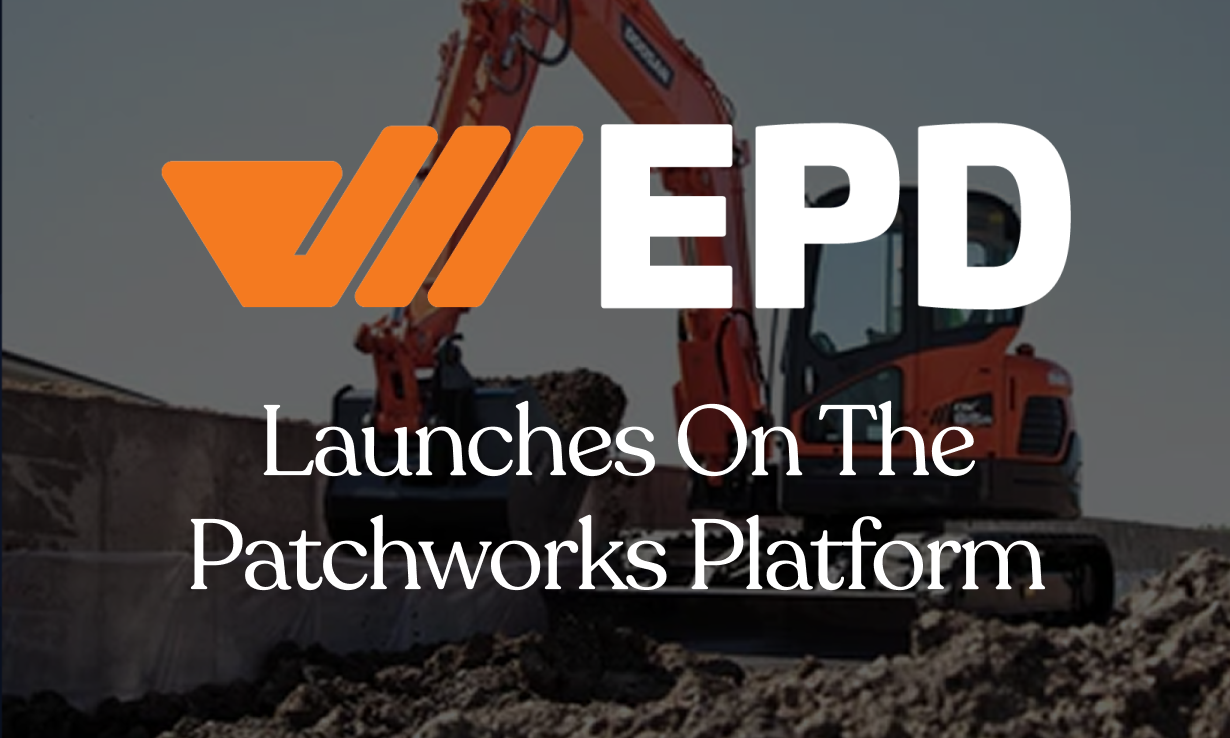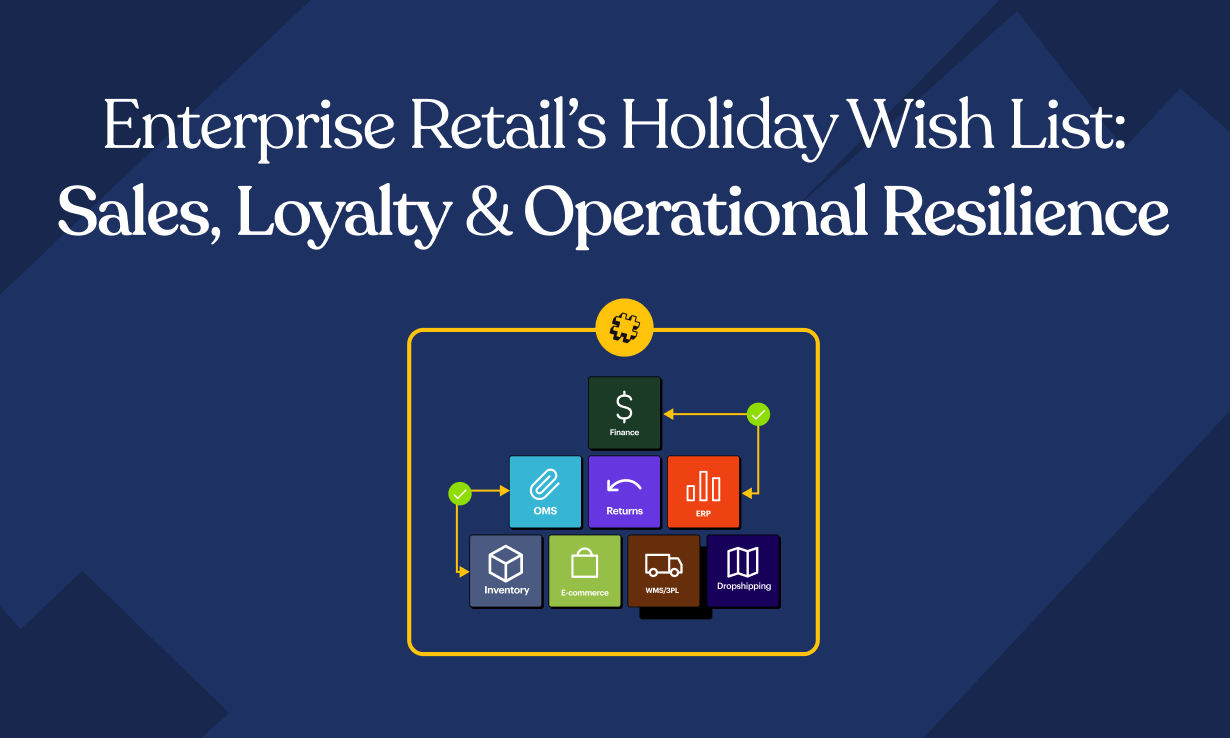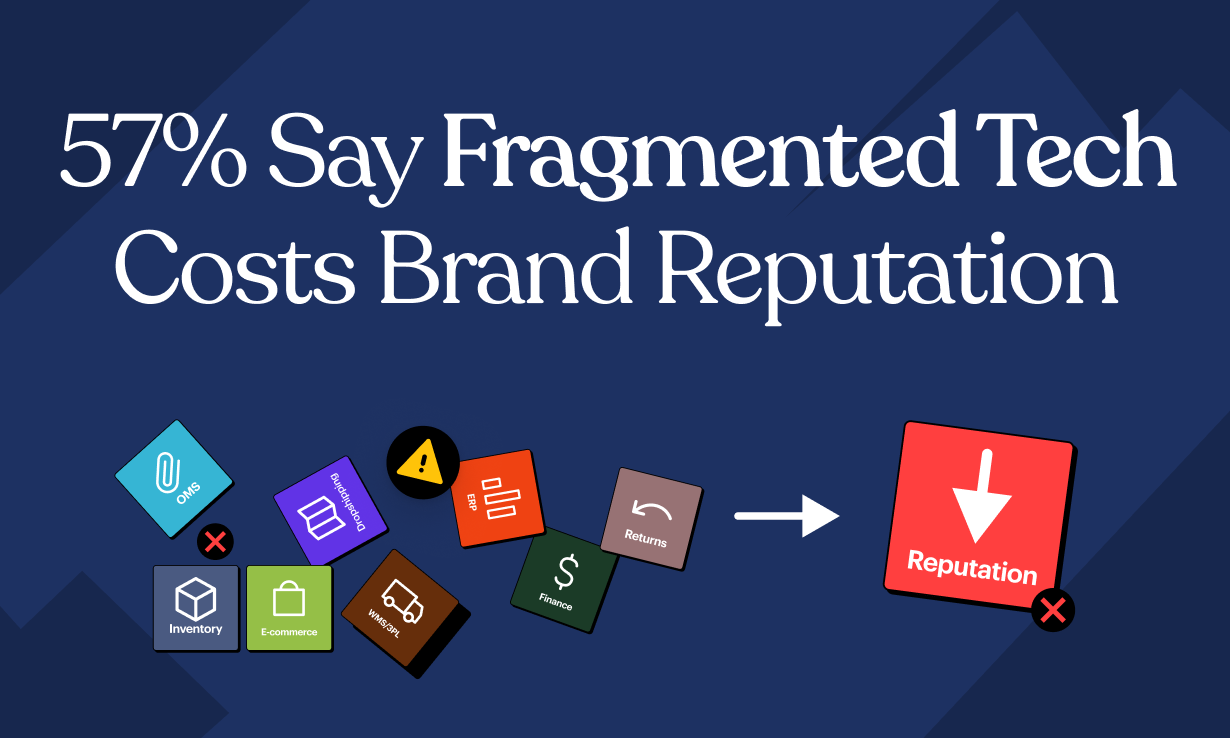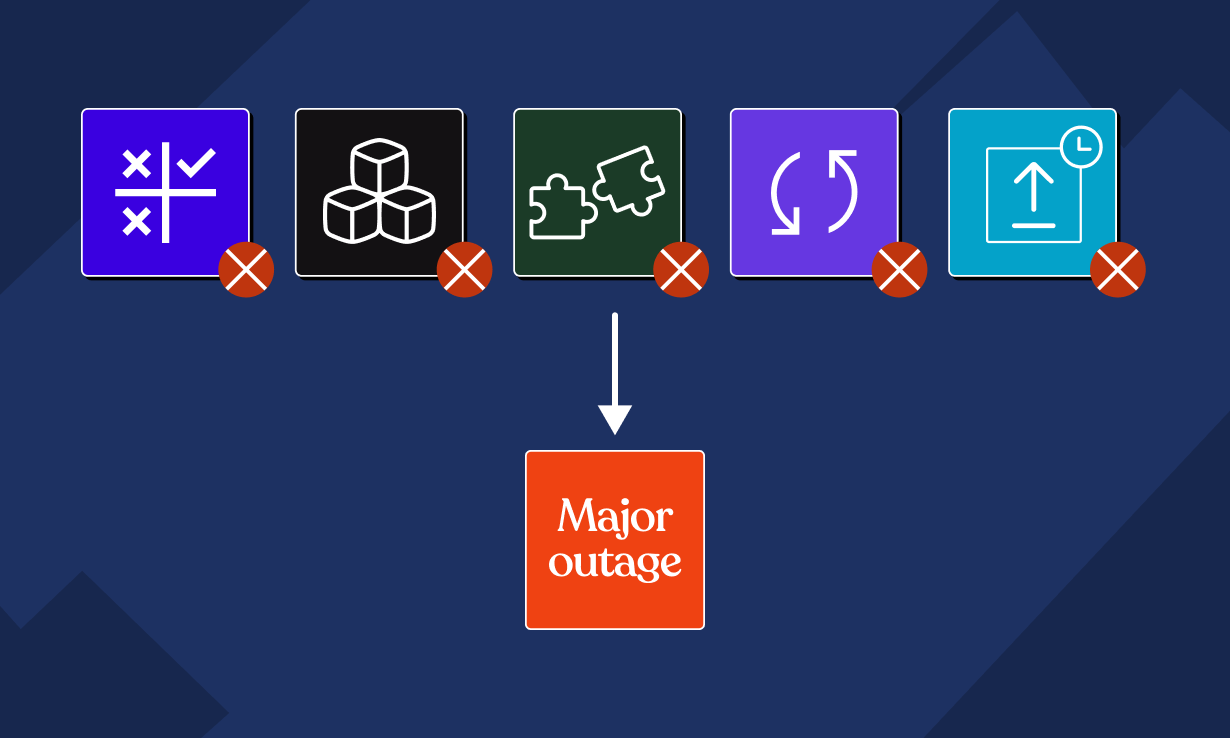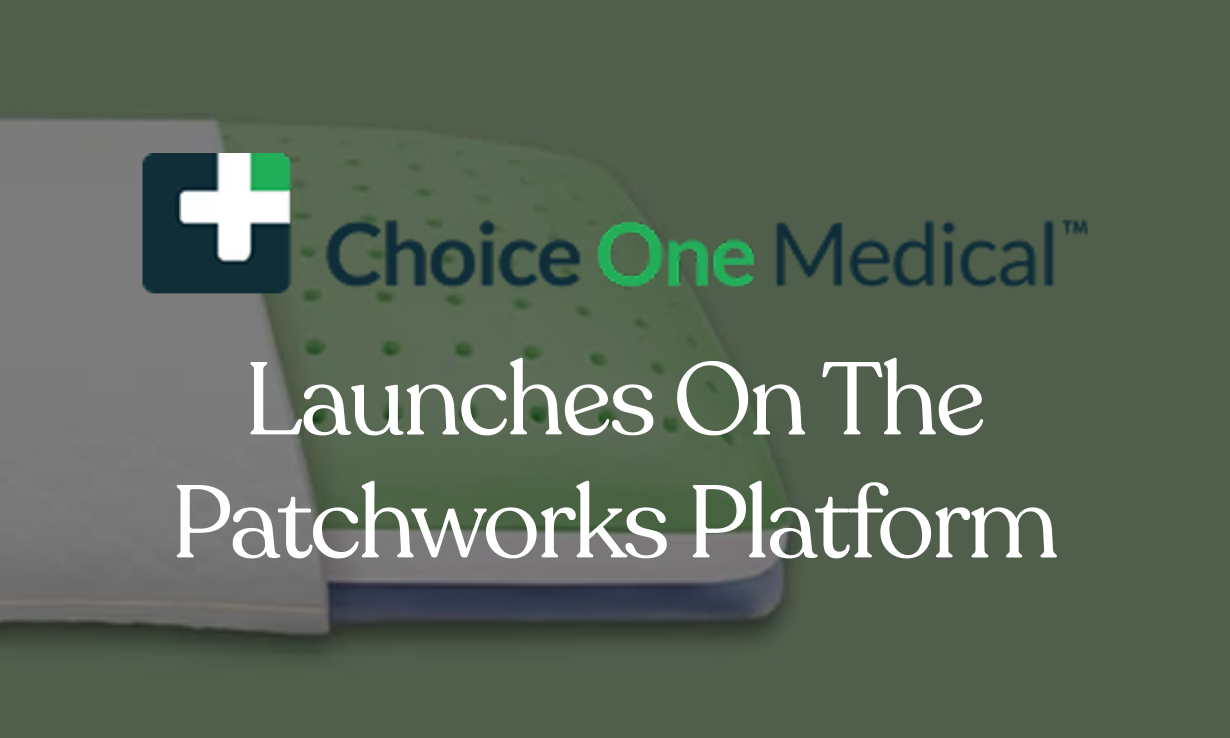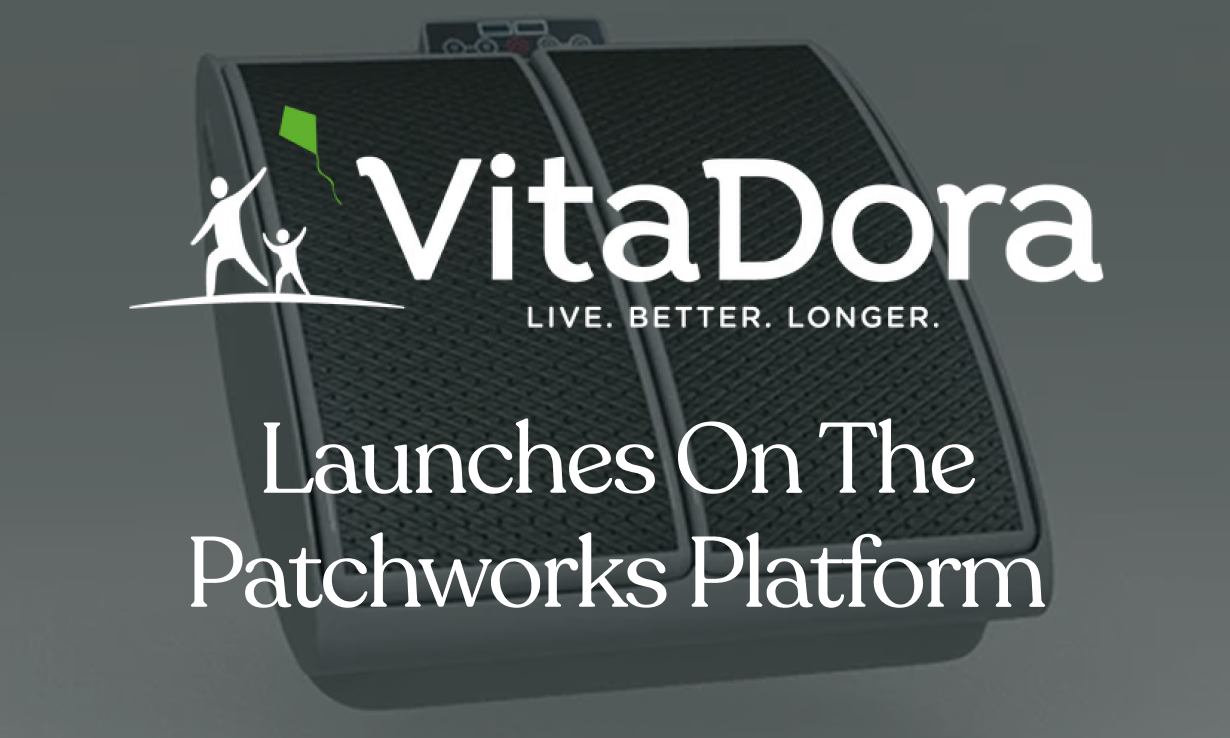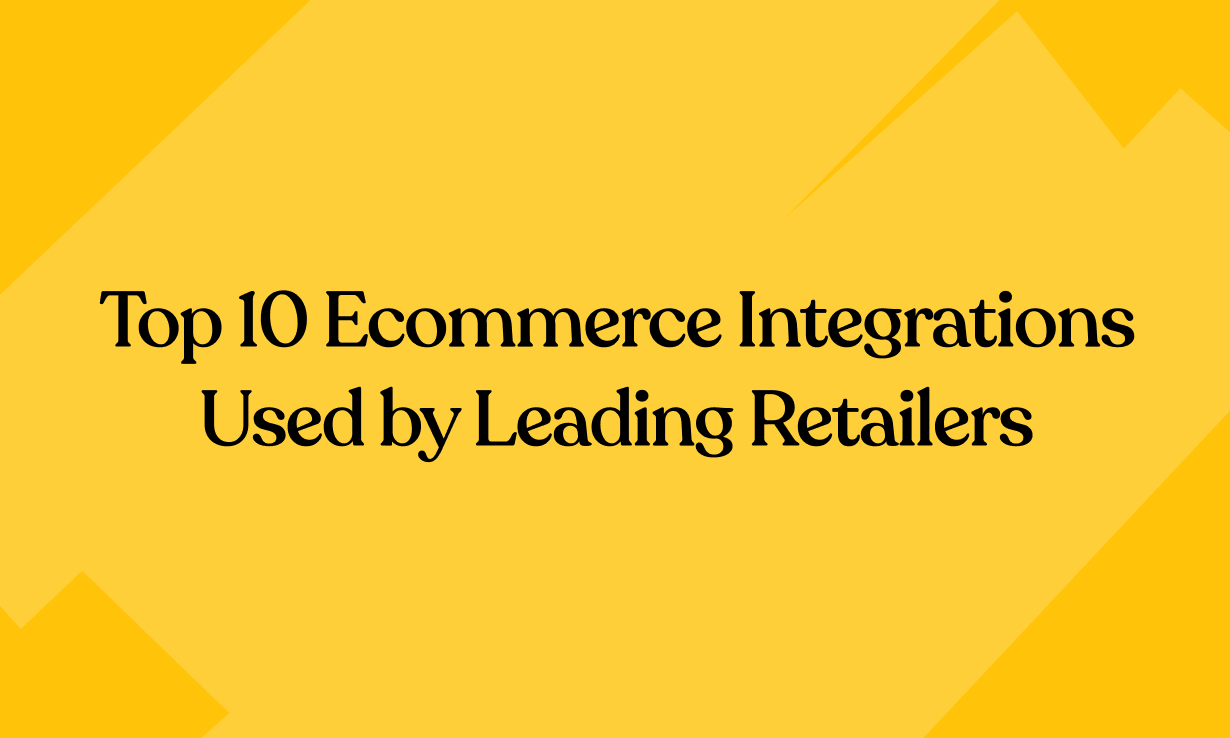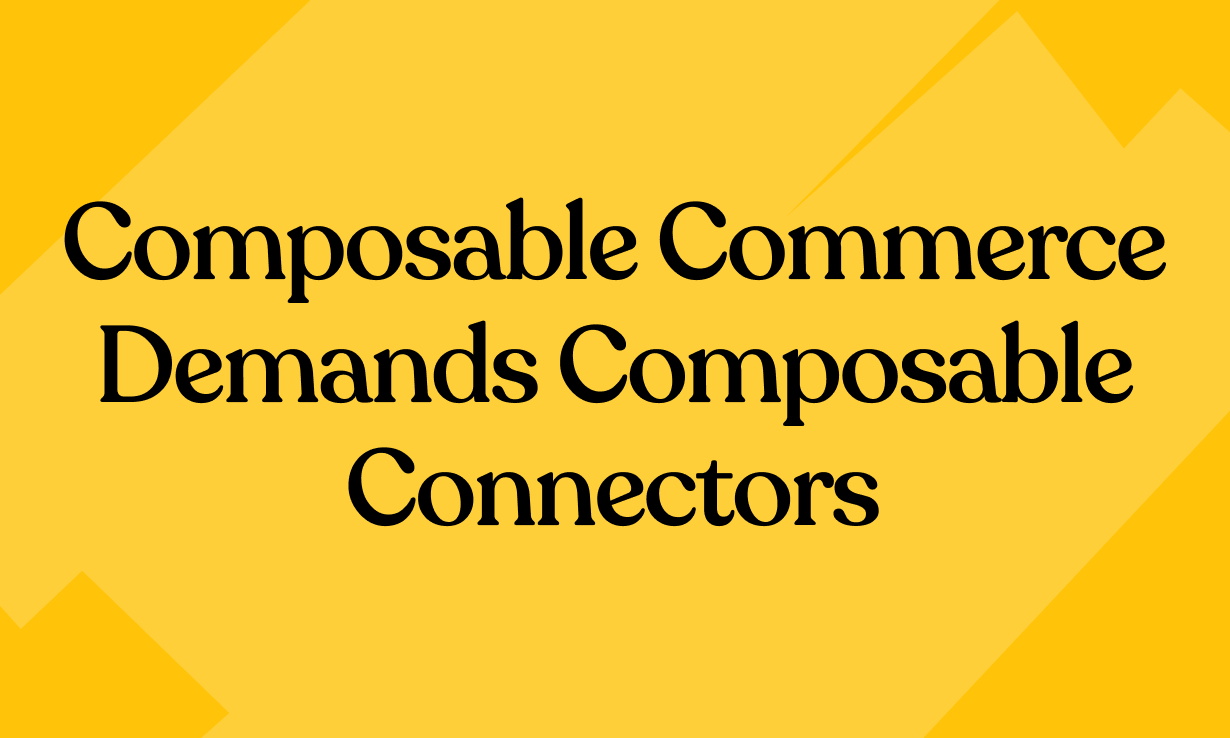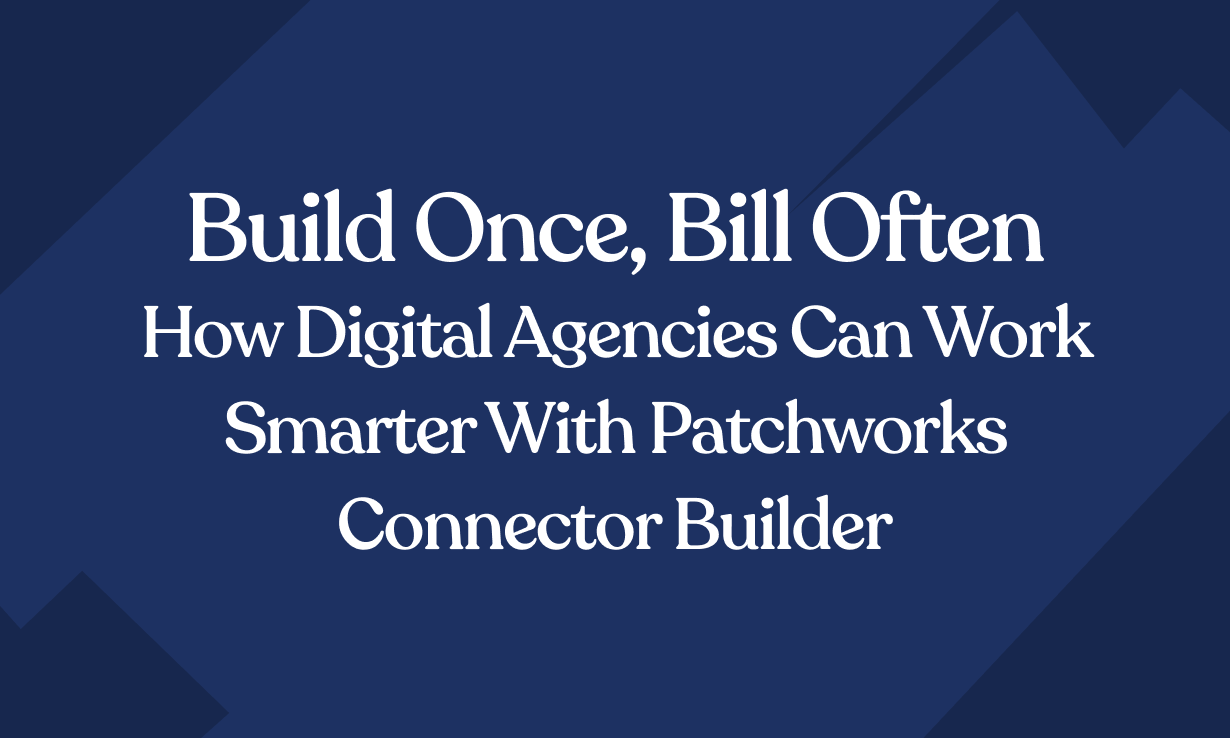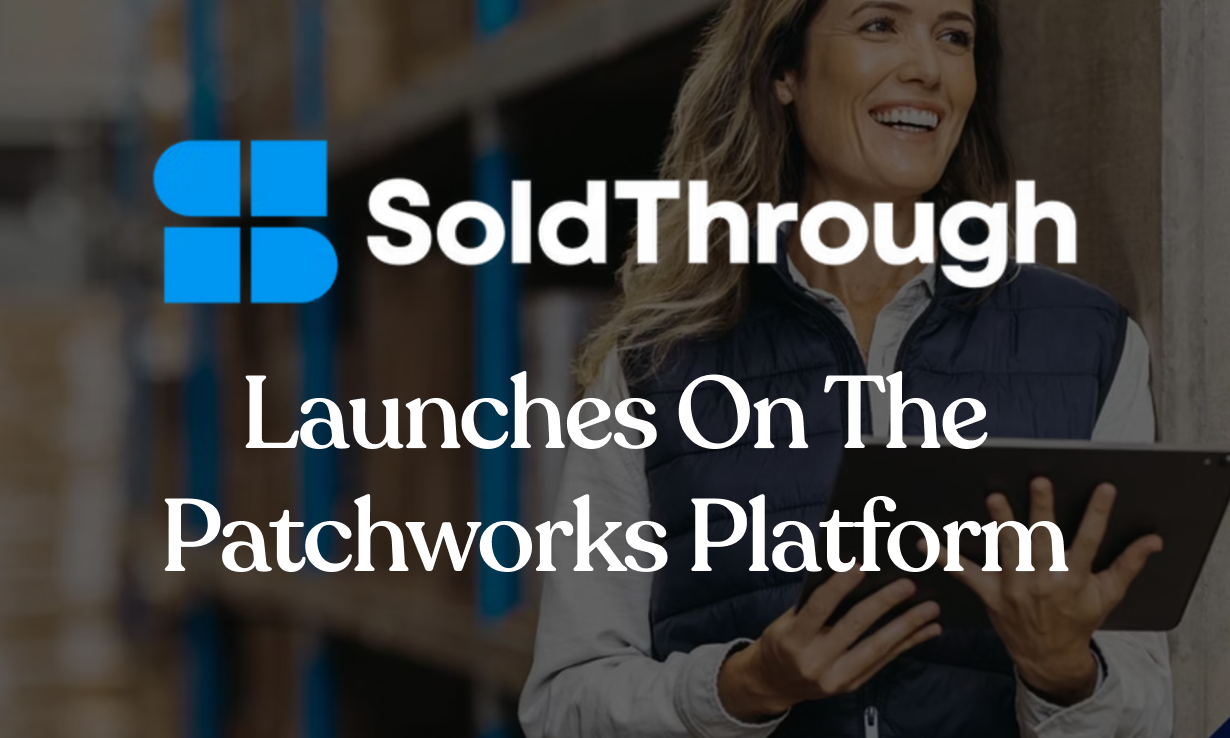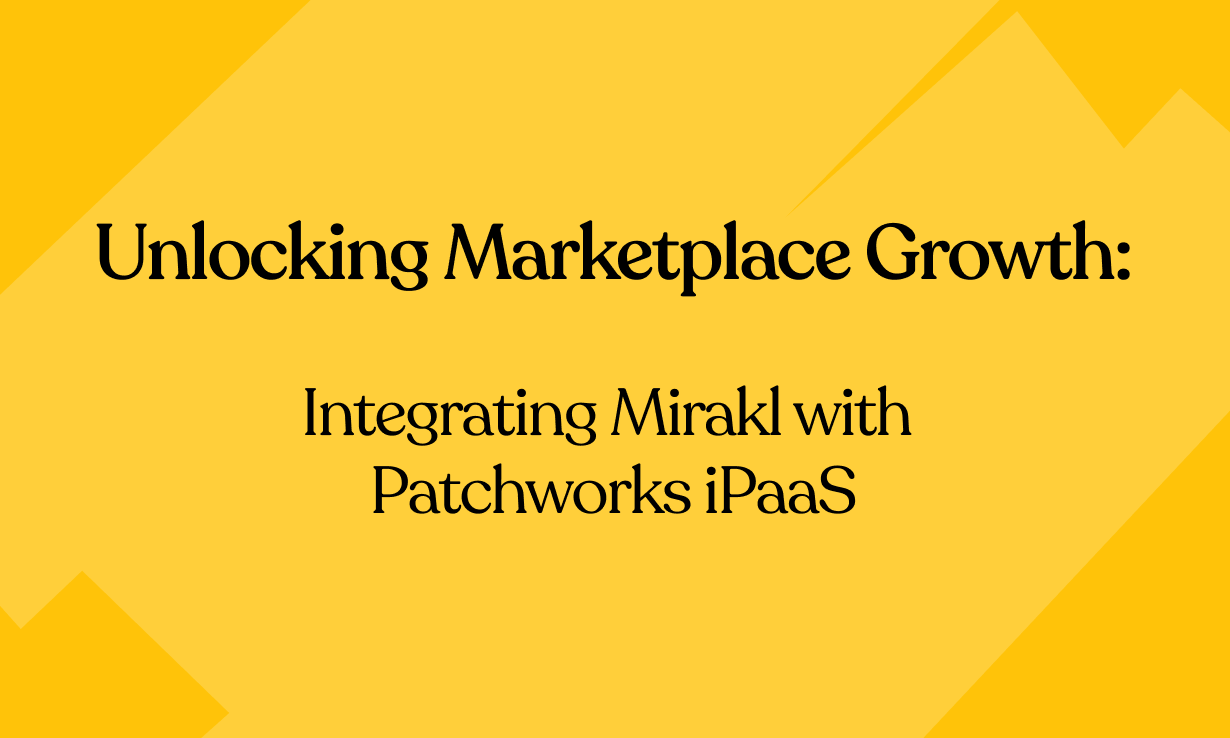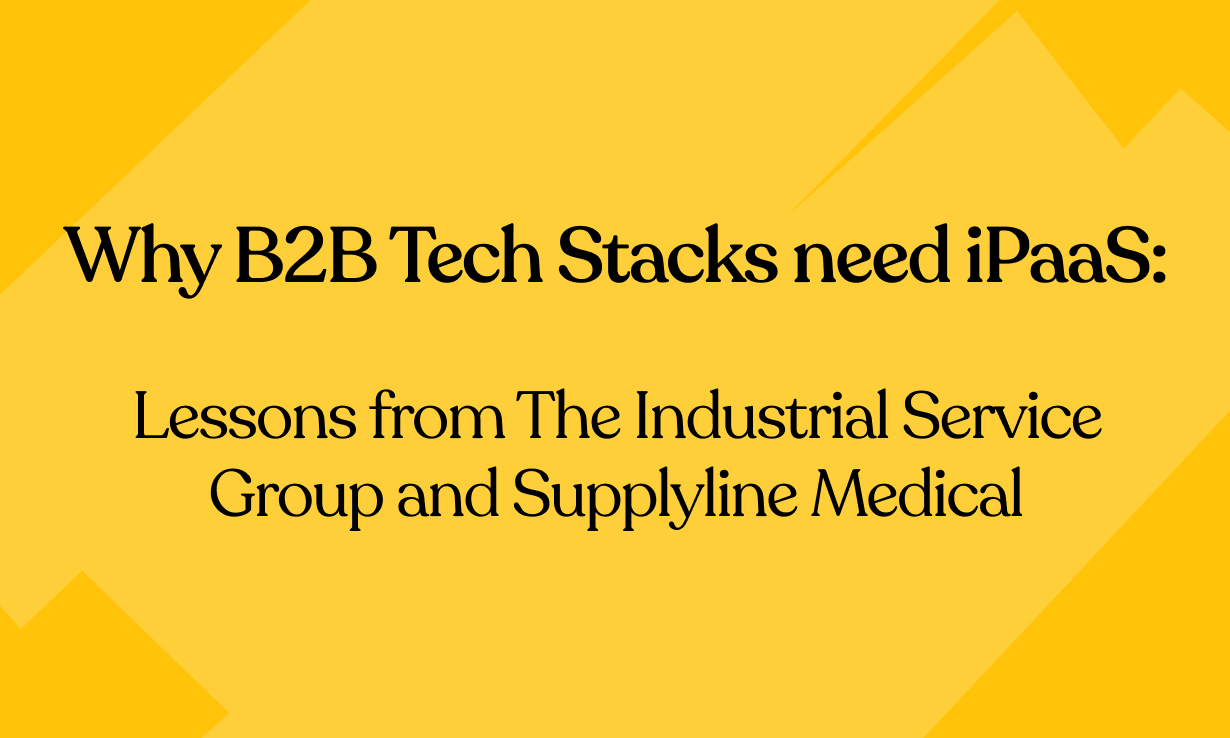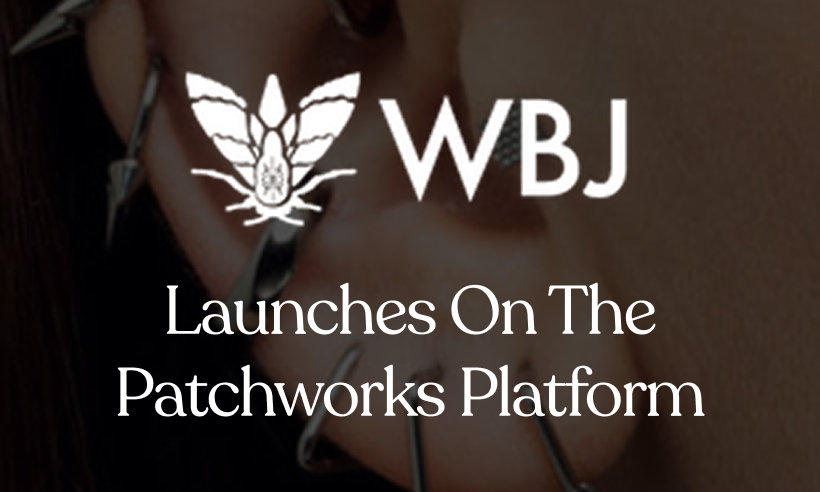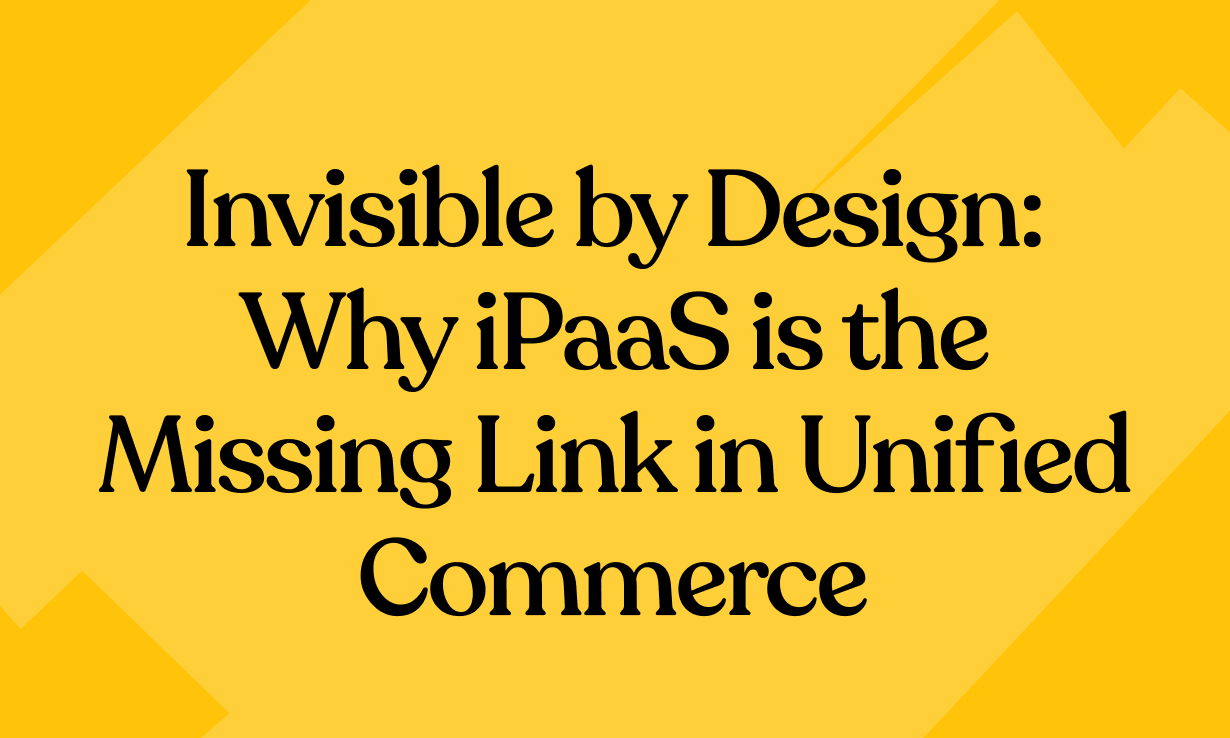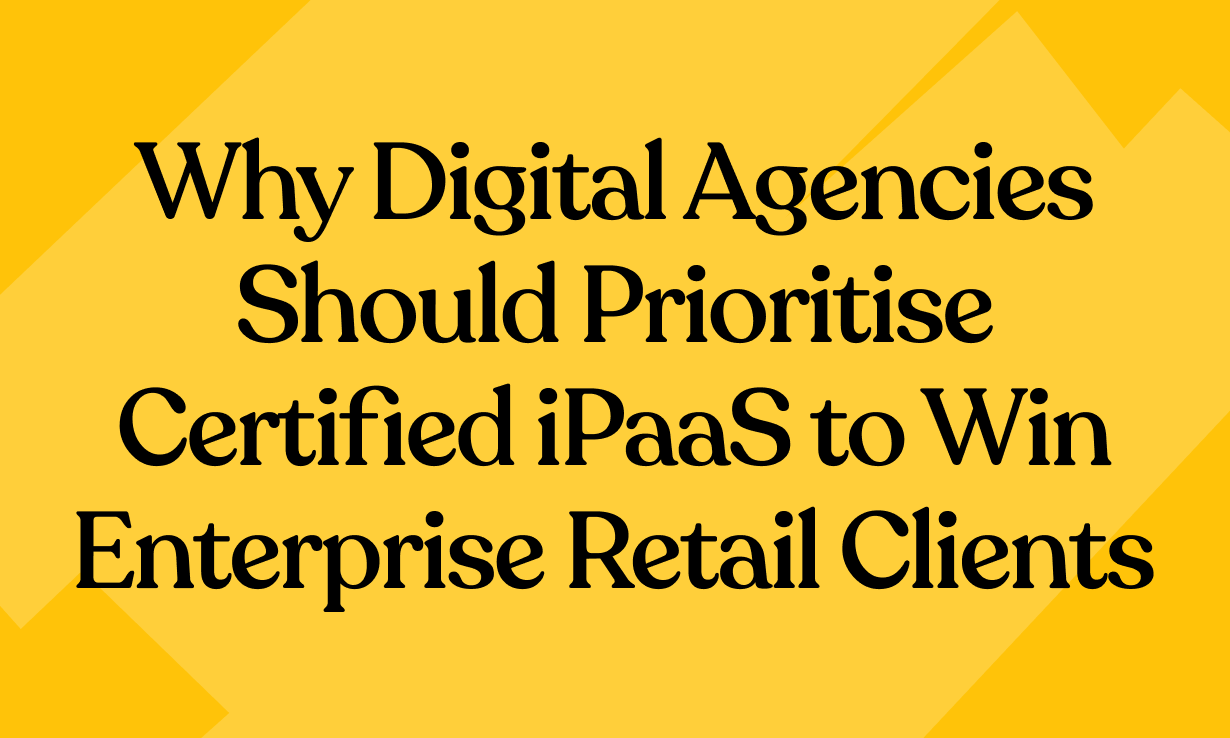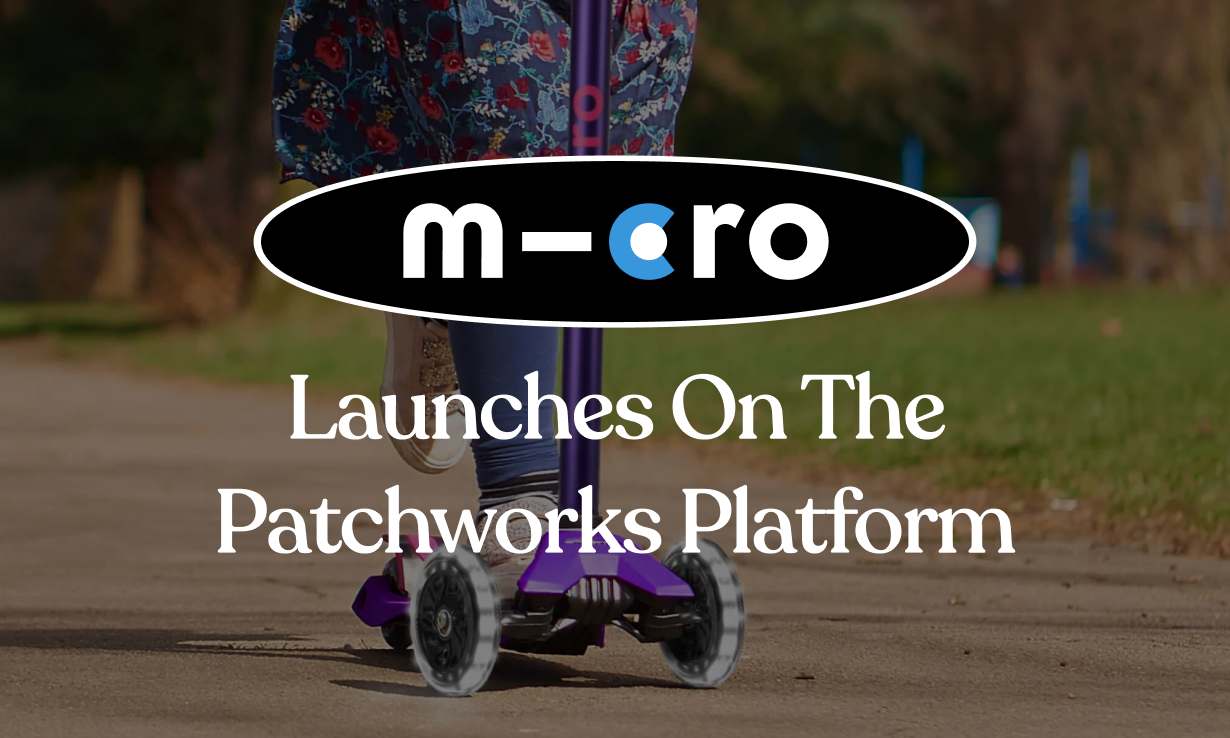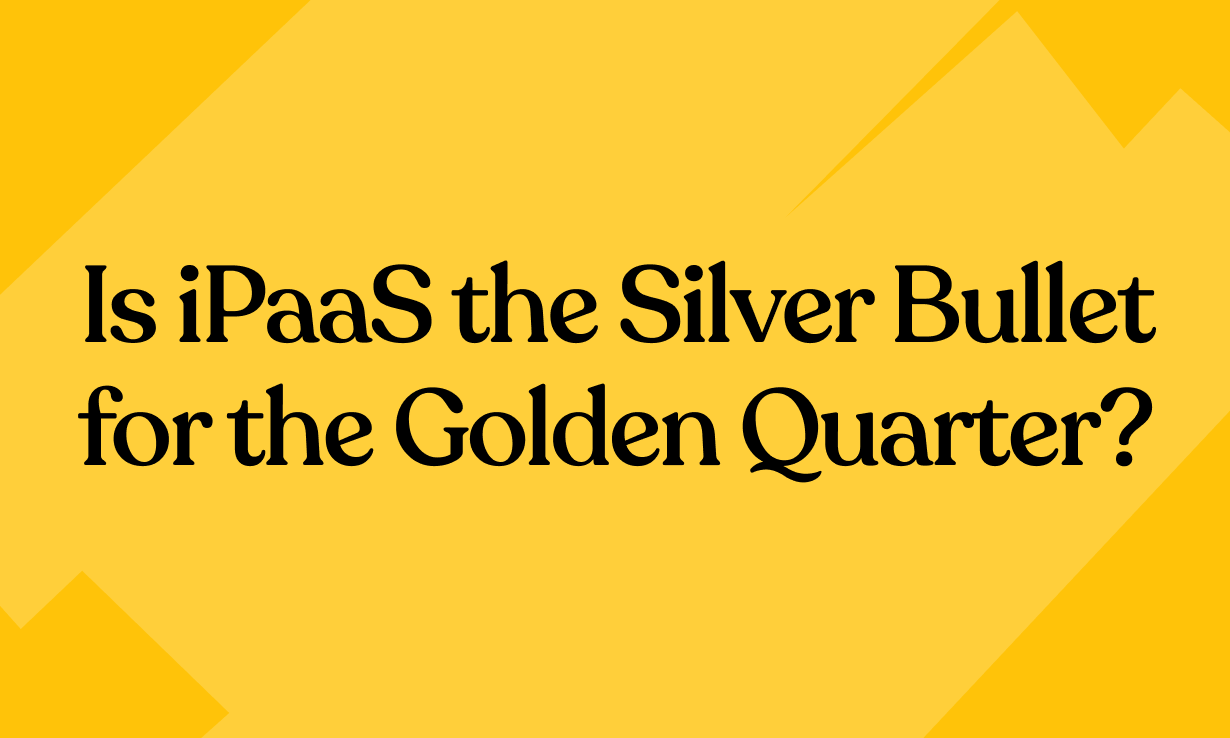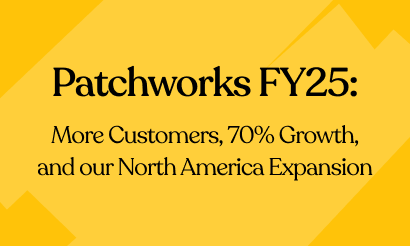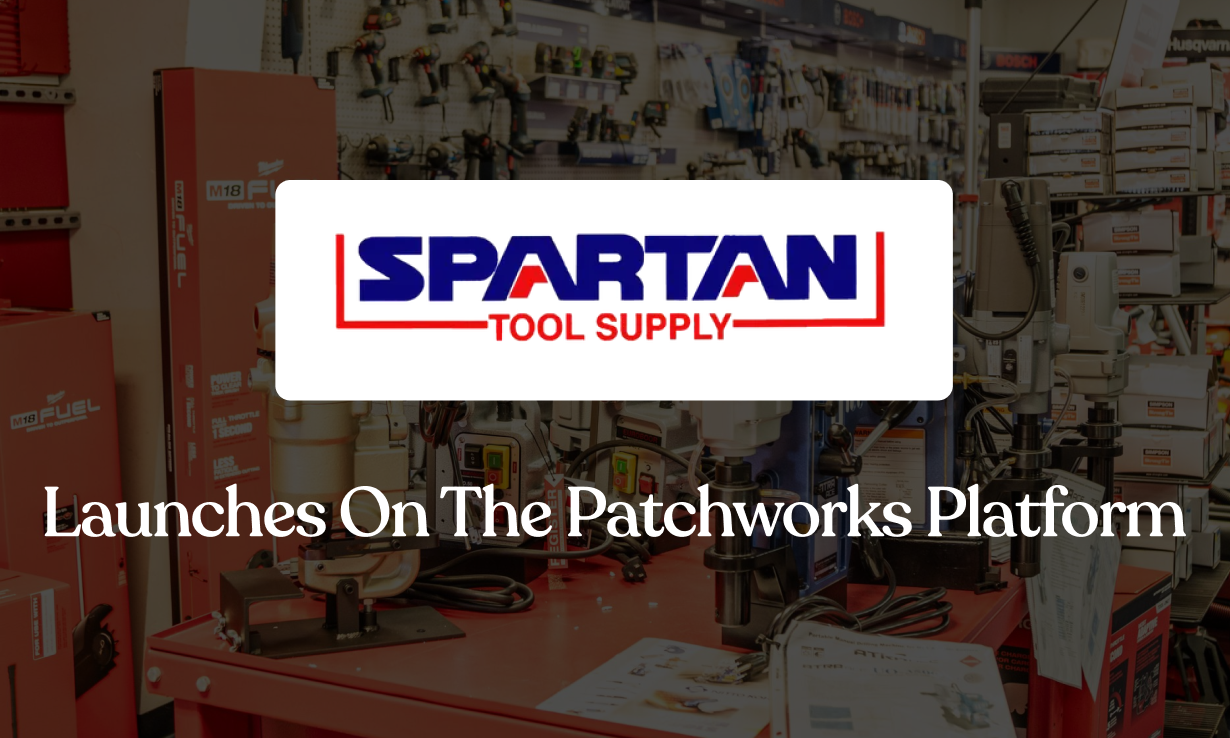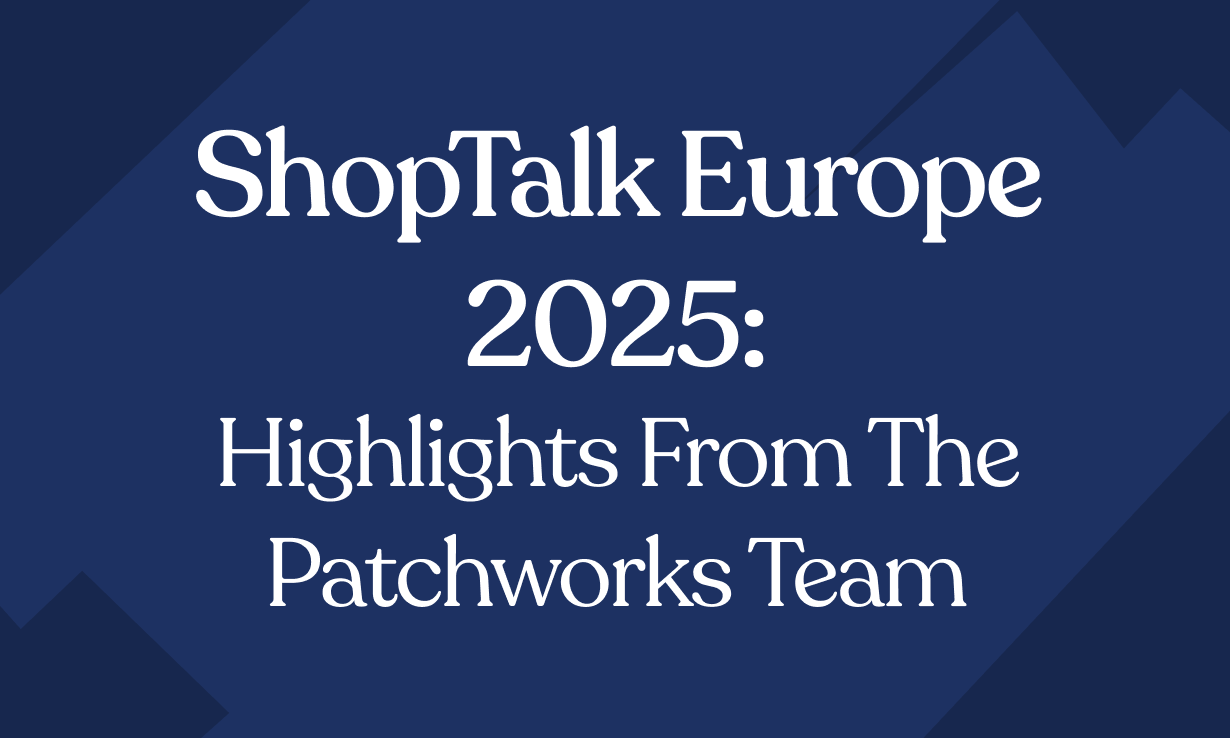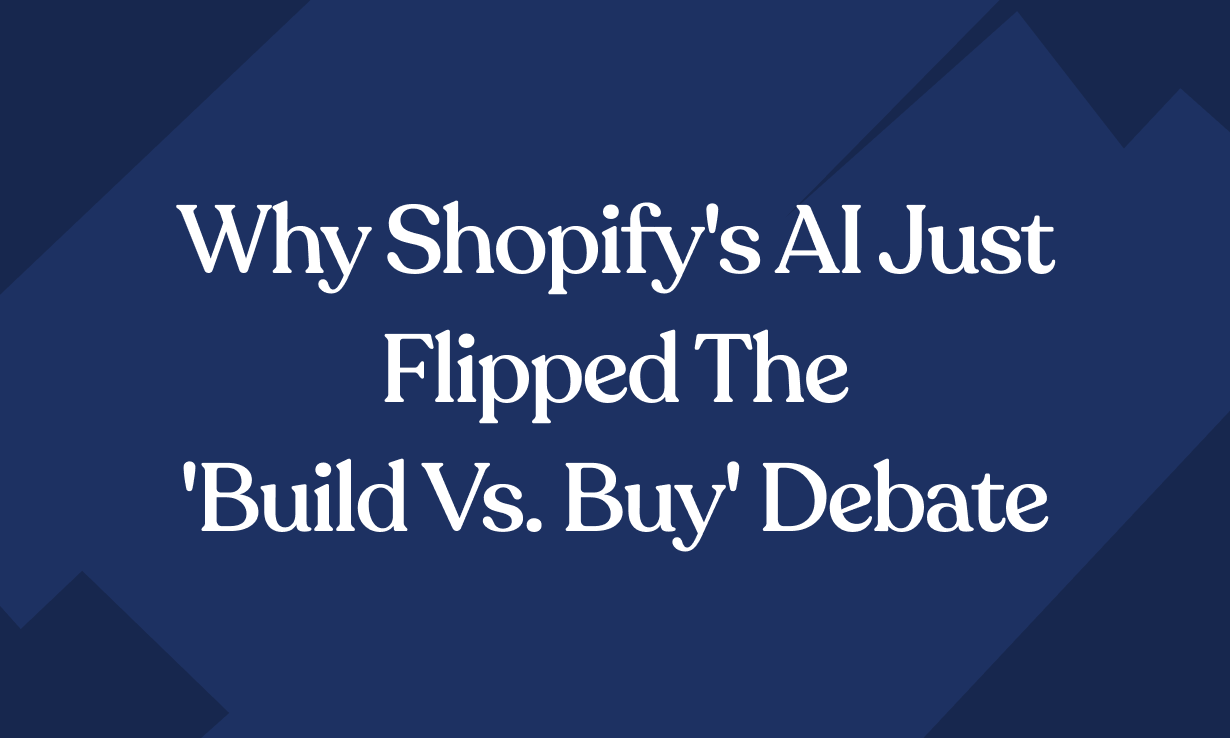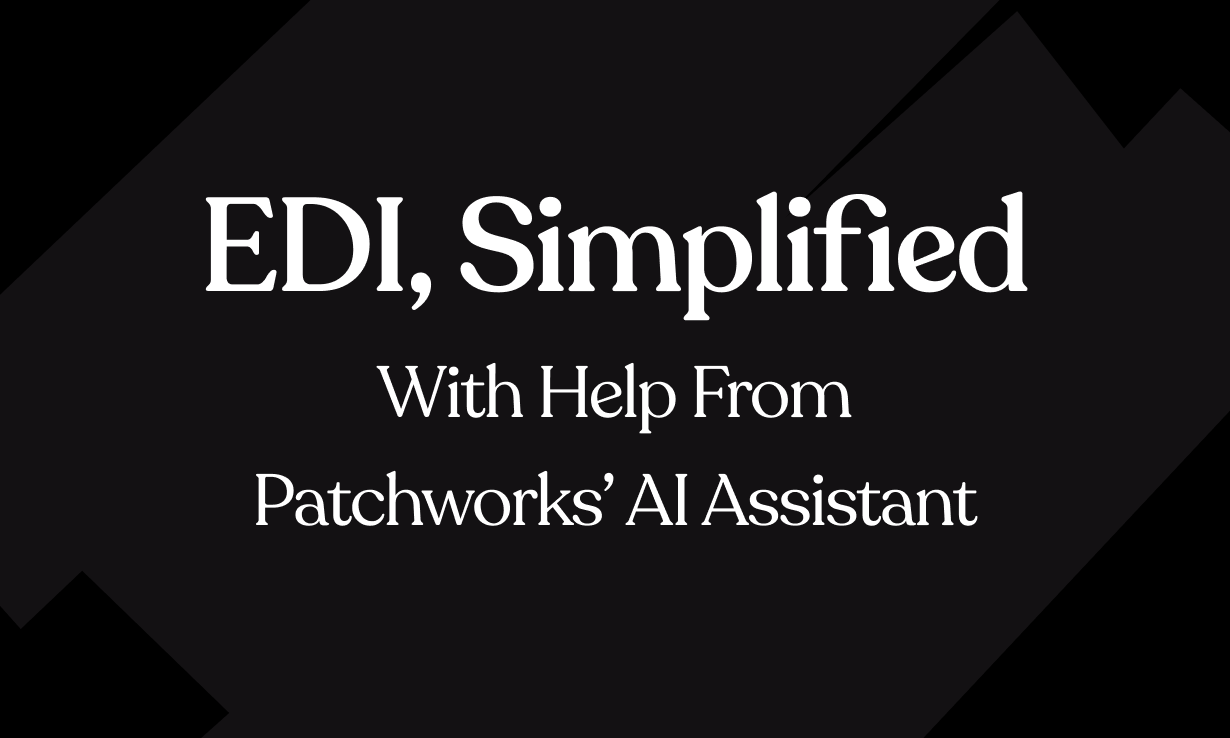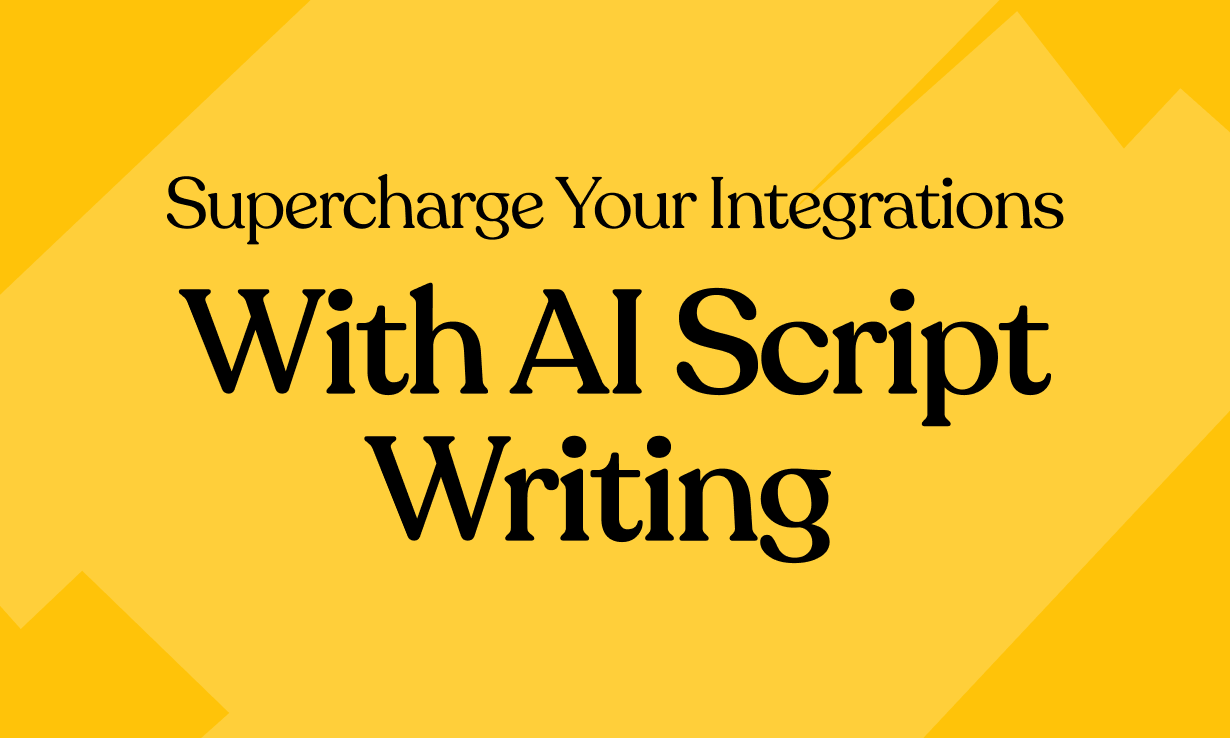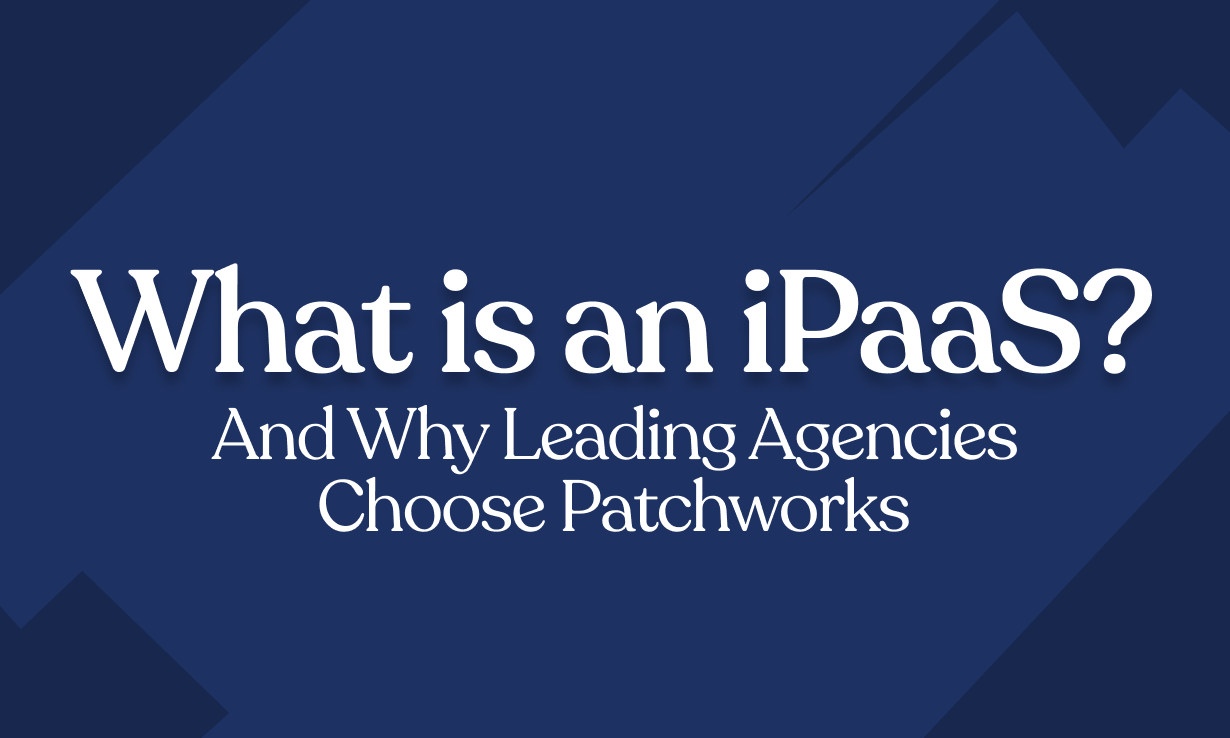Streamline ERP Integrations with Patchworks iPaaS
Enterprise Resource Planning (ERP) systems serve as the backbone of many business operations, handling everything from finance and accounting to inventory and logistics. However, in today’s fast-evolving digital landscape, integrating ERP systems with other cloud-based applications is essential for businesses aiming to stay competitive. What used to involve simple CRM connections now extends to e-commerce platforms, Product Information Management (PIM) systems, Warehouse Management Systems (WMS), and more. To address these growing integration needs, businesses are increasingly turning to an Integration Platform as a Service (iPaaS), such as Patchworks, for fast, flexible, and scalable ERP integrations.
Patchworks customers who have used their ERP integrations include the likes of Castore, Belstaff, Mint Velvet, Abask, PetLab, Jacuzzi, Veloretti and more. You can read more about our ERP integration capabilities here.
In this blog, we explore the fundamentals of ERP integrations and how Patchworks helps businesses go beyond out-of-the-box ERP connectors to get the most out of their systems, enabling them to streamline operations and grow effectively.
Why ERP Integrations Are Vital
ERP systems are designed to manage and automate core business processes, ensuring that departments across the organisation work from a single, unified source of truth. However, the real value of an ERP is unlocked when it integrates seamlessly with other specialised cloud applications. This integration enables businesses to automate workflows, ensure real-time data exchange, and gain better insights across departments, ultimately improving operational efficiency.
Whether you’re dealing with e-commerce, logistics, or finance, integrating these systems with your ERP is essential to eliminate data silos, reduce manual data entry, and maintain real-time access to accurate information across your business.
Common Challenges of ERP Integrations
Despite their importance, ERP integrations can be complex, often leading to challenges such as:
- Data Quality Issues: Inconsistent data formats or inaccurate data across systems can cause integration failures.
- Compatibility Problems: Older ERP systems may struggle to integrate with modern applications, and frequent updates can disrupt existing integrations, requiring ongoing maintenance.
- Technical Complexity: Custom-built ERP integrations often require advanced technical expertise, making them difficult and costly to develop and maintain.
Traditional point-to-point integration methods that rely on custom code often exacerbate these challenges, which is why many businesses now opt for iPaaS solutions like Patchworks to simplify and streamline ERP integration.
Solving ERP Integration Challenges with Patchworks iPaaS
Patchworks is an iPaaS platform that enables businesses to seamlessly connect their ERP systems with various applications, such as e-commerce, CRM, PIM, and WMS, through pre-built API connectors. Patchworks offers an intuitive interface for managing these integrations, allowing businesses to automate complex workflows and synchronise data without requiring deep technical expertise.
By leveraging Patchworks, businesses can overcome many of the common challenges associated with traditional ERP integrations, such as complex custom coding and ongoing maintenance. Patchworks provides:
- Pre-Built Connectors: A vast library of pre-configured connectors that make it easy to integrate your ERP system with third-party applications.
- Automated Workflows: Patchworks automates data flows between your ERP and other systems, eliminating manual data entry and reducing errors.
- Data Synchronisation: With Patchworks, you can ensure that your ERP and connected applications remain synchronised with accurate, data across all systems.
- Scalability and Flexibility: Unlike traditional integrations that may be limited by out-of-the-box connectors, Patchworks enables businesses to extend the functionality of their ERP by easily integrating additional systems as needed. This scalability is crucial for growing businesses that require more than what the default ERP connectors offer.
- Error Monitoring and Alerts: Patchworks provides real-time error detection and monitoring, making it easier to identify and resolve any issues quickly.
The Benefits of Using Patchworks for ERP Integrations
Patchworks enables businesses to unlock the full potential of their ERP systems by offering more than just basic out-of-the-box connectors. Here are the key benefits:
- No More Limitations by Default Connectors: Out-of-the-box ERP connectors often limit integration capabilities to a few predefined applications, restricting how much you can customise and scale. With Patchworks, businesses can go beyond these limitations, integrating with any number of third-party applications for a fully connected business ecosystem.
- Faster, Flexible Integration with Pre-Built Connectors: The Patchworks platform offers a comprehensive library of pre-built connectors, making ERP integration with applications like e-commerce, CRM, and PIM faster and more reliable.
- Connect anything to anything: Patchworks empowers businesses to integrate their systems seamlessly, irrespective of the data format or exchange protocol. Whether you're working with traditional file transfer methods like FTP, modern APIs such as REST, or cutting-edge frameworks like GraphQL, Patchworks ensures smooth and adaptable connections across your technology stack.
- Maximising ERP Value: By integrating your ERP with all the systems your business relies on, Patchworks allows you to unlock the full value of your ERP system. No longer will you be constrained by the basic functionalities or integrations offered by default ERP packages.
- Cost-Effective and Scalable: As your business grows, Patchworks scales with you. It’s easy to add new systems and expand your ERP’s integration network without the need for costly custom development.
- Automated Workflow Management: With Patchworks, you can automate complex workflows involving multiple systems, streamlining operations and reducing manual work.
- Real-Time Data Consistency: Patchworks ensures that data remains synchronised in real time, so you always have up-to-date and consistent information across all connected systems.

